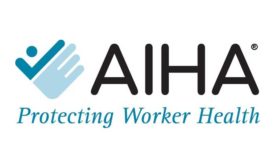Home » Keywords: » workplace injury prevention
Items Tagged with 'workplace injury prevention'
ARTICLES
How NOT to manage safety
Blame the victim, ignore standards, roll the dice
November 2, 2019
Intelligence as a safety & health metric
Smart workers may think they outfox risks
August 3, 2018
A Confined Space blog post
OSHA: We don’t need no stinkin’ advice — from workers
April 3, 2018
Become a Leader in Safety Culture
Build your knowledge with ISHN, covering key safety, health and industrial hygiene news, products, and trends.
JOIN TODAYCopyright ©2025. All Rights Reserved BNP Media.
Design, CMS, Hosting & Web Development :: ePublishing











